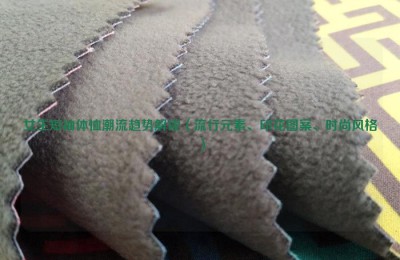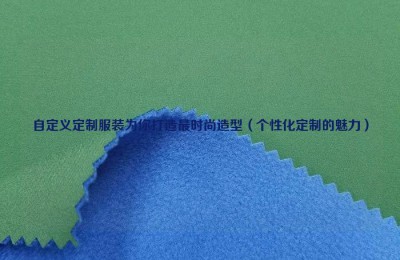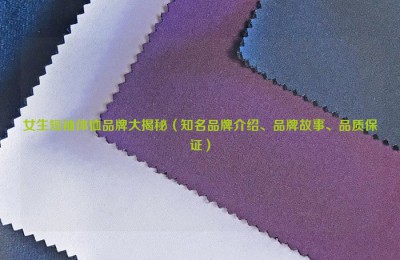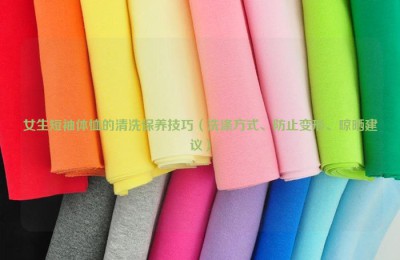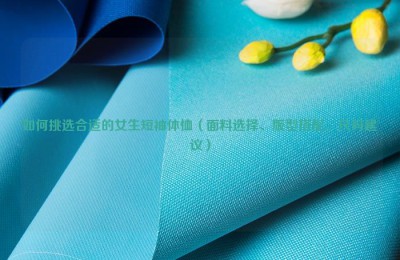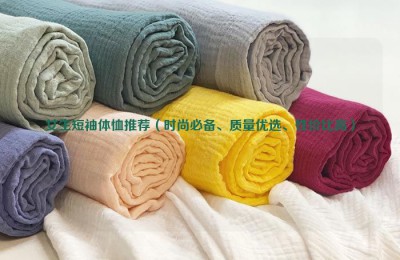This method mainly uses the performance difference between raw materials with larger shrinkage properties (nylon, chlorine fiber, etc.) and raw materials with smaller shrinkage properties (factory silk, viscose fiber, etc.) to form a double-layer structure to achieve unevenness. Type effect, usually the surface warp and weft are made of raw materials with smaller shrinkage properties (that is, smaller elasticity), and the inner layer is made of raw materials with larger shrinkage properties. Because the surface and inner layers have different shrinkage properties, and rely on their The elasticity promotes the protrusion of the bag tissue in the surface pattern part. Since the tissue points are relatively tight after the ground texture is joined, the shrinkage is extremely small, flat and neat. However, if polyester fiber is used to make various concave and convex types of fabrics, it must be heat treated to shrink and set the fiber and produce concavity and convexity. Effect. When using the same raw material or raw materials with small differences in shrinkage properties to form concave and convex fabrics, the inner warp and weft materials can be strongly twisted. After the finished product is scouring or water-finished, the inner warp and weft will shrink significantly and cause the surface to bulge. When using the same method to design concave and convex fabrics, you must pay attention to the following matters: First, the pattern layout must be even, the size of the pattern and the density of the actual and empty patterns must be appropriate, and there must be no significant difference to avoid “unbalanced shrinkage of the silk surface”. Breathing” and uneven door width. Secondly, the convex pattern area should not be too large, and the pattern shape must be uneven. Patterns that are too loose or tight (such as squares) should be avoided as much as possible to prevent the pattern from being insufficiently full and wrinkled and deformed. Thirdly, the side warp must be made of the same crepe material and the same weave as the inner warp to prevent tight edges from being produced because the shrinkage of the side weave is greater than the shrinkage of the finished product, and to prevent the edge weave from being smaller than the shrinkage of the finished product to produce a “ruffled edge.” . The concave and convex silk made of crepe has the characteristics of ease, comfort and softness; its disadvantage is that the process is relatively complicated and the fabric cannot be firmly shaped.
AAA anti-UV fabric net VBJYTUJGHNH
Concave-convex silk fabric design-Using raw material properties to composite fabric information
This method mainly uses the performance difference between raw materials with larger shrinkage properties (nylon, chlorine fiber, etc.) and raw materials with smaller shrinkage properties (factory silk, viscose…
This article is from the Internet, does not represent Composite Fabric,bonded Fabric,Lamination Fabric position, reproduced please specify the source.https://www.yjtextile.com/archives/37366

